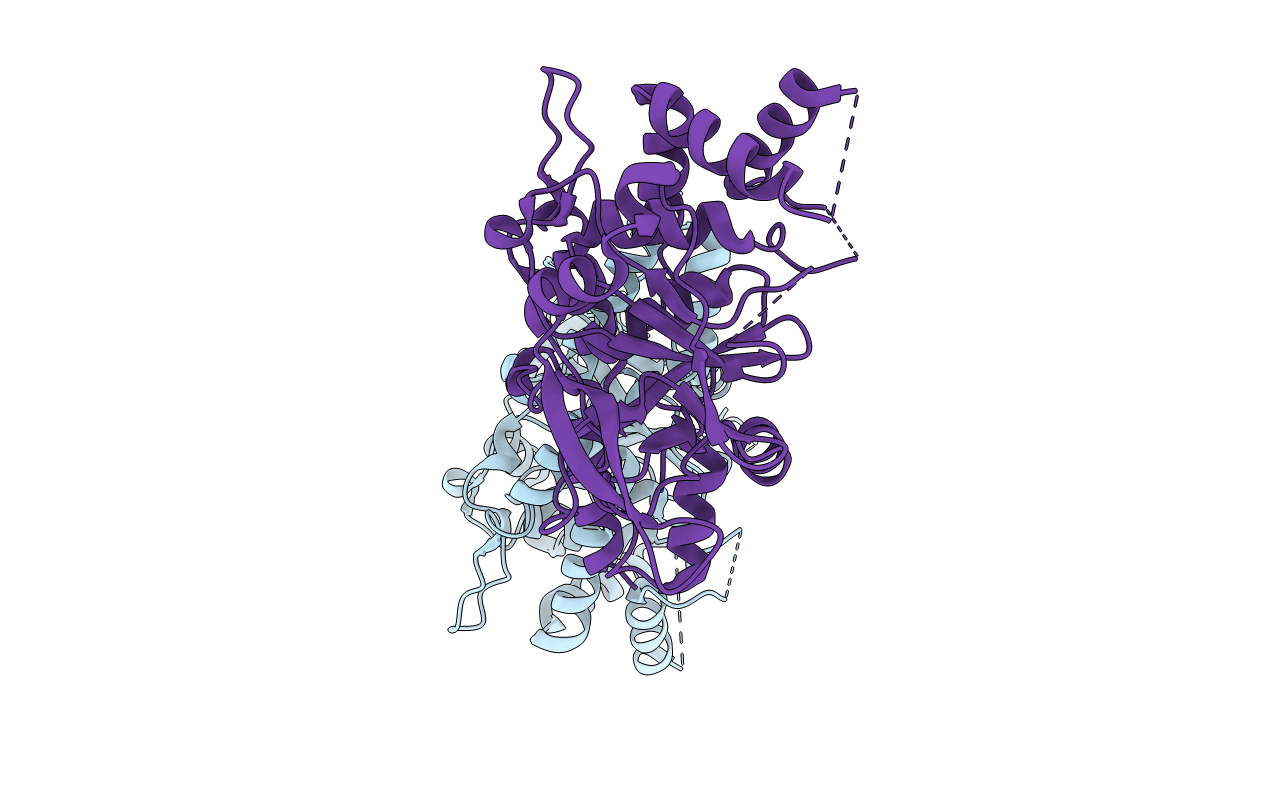
Deposition Date
2013-01-17
Release Date
2013-03-06
Last Version Date
2023-12-20
Entry Detail
PDB ID:
3ZJF
Keywords:
Title:
A20 OTU domain with irreversibly oxidised Cys103 from 270 min H2O2 soak.
Biological Source:
Source Organism:
HOMO SAPIENS (Taxon ID: 9606)
Host Organism:
Method Details:
Experimental Method:
Resolution:
2.20 Å
R-Value Free:
0.22
R-Value Work:
0.18
R-Value Observed:
0.18
Space Group:
P 1


